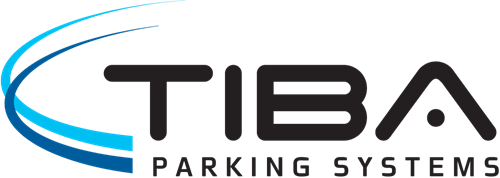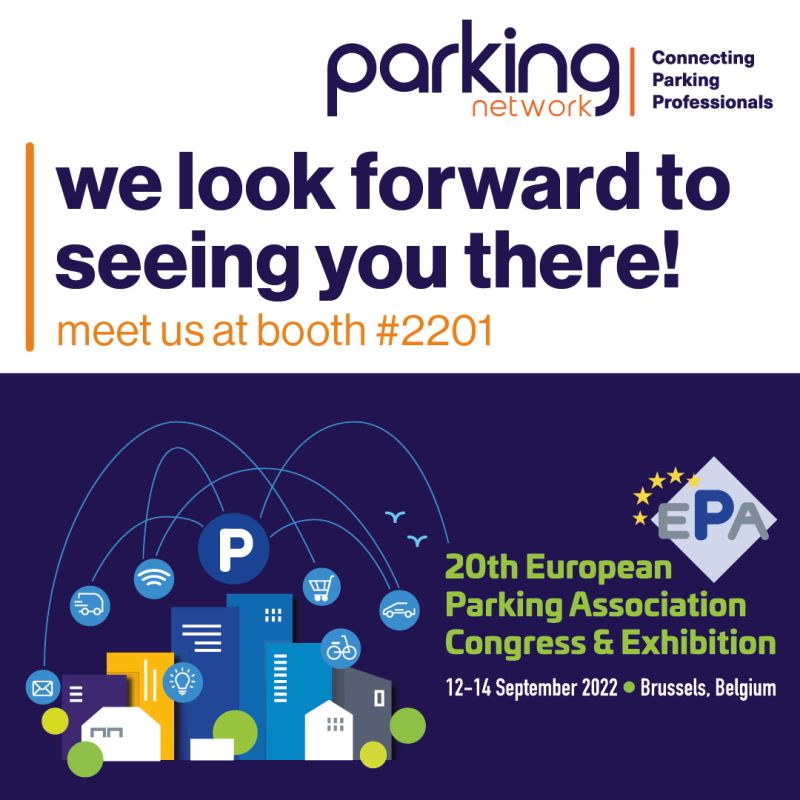
Taking place from the 12th to the 14th of September, the twentieth edition European Parking Association Congress & Exhibition will be focusing on the EU green deal and the future of parking. Alongside the professional exhibition, the congress program will explore parking’s essential role within the urban mobility system and showcase integrated solutions for dynamic urban management.
During the two-day long program, attendees can join sessions led by thought leaders from the parking and mobility industries as well as experts in science, politics, and technology. Here are just some of the highlights from the program.
Parking and Mobility, Infrastructure and Urban Planning
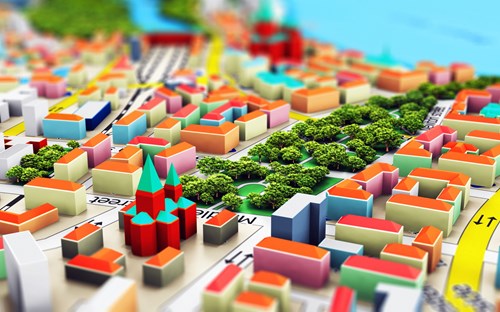
Although many aspects of our daily life are now carried out online, we continue to travel for a multitude of reasons, and so the towns and cities where we live and work must evolve and respond to our changing mobility demands.
Municipalities everywhere are seeking solutions for sustainable growth and development. But the mobility needs of citizens and of businesses are often in conflict. To resolve these conflicts cities need to implement innovative urban planning concepts and develop high-quality multi-modal transport infrastructures.
Innovative approaches to managing traffic include the superblock concept pioneered in Barcelona and the 15-minute city model seen at London’s new Canada Water development. Different modes of transport are available and located where residents and visitors need them, increasingly as station-based facilities located in mobility hubs, and often in combination with public transport nodes. And these are just some examples of how attractive urbanity can be created for residents and visitors, as well as for businesses.
As operators and investors, the parking industry has an important role to play in ensuring that existing and new parking infrastructures meet the changing needs of residents, visitors, and businesses in urban areas.
Smart Parking – Smart Mobility: Interoperability, Implementing Standardisation and Digitization

During this interactive session, use cases from around the world will help connect parking with other parts of the sustainable mobility chain, including the automotive world.
Recently the International Organization for Standardization (ISO) formally adopted the ISO TS 5206-1 parking data specification based on the APDS specifications. The adoption of the APDS standard specifications will simplify data sharing, helping to facilitate the development and introduction of innovative technologies and services in the parking and mobility sectors.
This will allow travelers to find and pay for parking and related services more easily and efficiently across multiple channels and enable parking to seamlessly integrate into convenient, sustainable, multi-modal journeys for people and goods.
The Open Mobility Foundation (OMF) and APDS will discuss the potential to collaborate to create an open-source foundation that will offer a safe, efficient environment for stakeholders including municipalities, companies, technical, privacy, and policy experts, and the public to shape urban mobility management tools that help public agencies accomplish their mobility policy goals.
Meanwhile, the APDS and TOMP teams will explore how their APIs can be aligned to facilitate sustainable, multi-modal journeys with the ambition to develop and sustain an internationally governed, interoperable open standard for technical communication between transport operators and mobility providers.
UVARs: Relationship between Access Regulation and Parking Management
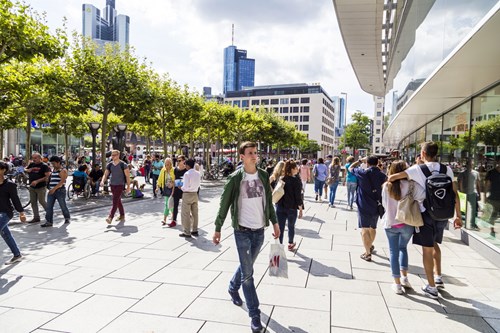
This session brings together key experts in the UVAR field, with experience in the research, theory, and planning of UVARs as well as hands-on experience in implementing UVAR.
Urban Vehicle Access Regulations (UVAR) are an essential tool in the urban mobility toolbox as they control the access of motorized vehicles to urban areas. There are a variety of types of UVAR with the most common being: Low Emissions Zones, Limited Traffic Zones and Pedestrian Zones.
UVARs help cities optimize urban space and transport networks to reduce emissions and noise, improve accessibility, and deliver a better quality of life for residents. They can encourage more sustainable transport choices, making cities healthier, more liveable, and more attractive for all members of society.
UVARs relate to parking policies and management in several ways:
- They both relate to the same policy objectives and ideally are part of the pathway to a coherent vision for city life.
- They share the same urban space.
- UVARs regulate the vehicles that can access a city and so they determine the market for parking in the city, influencing trip purposes as well as the size and motorization of the vehicles that form the parking manager’s clientele.
- UVARs and parking management can share common digital platforms and also provide travelers with an integrated multimodal mobility offer.
Curbside Management, Urban Space Management, and Freight Logistics
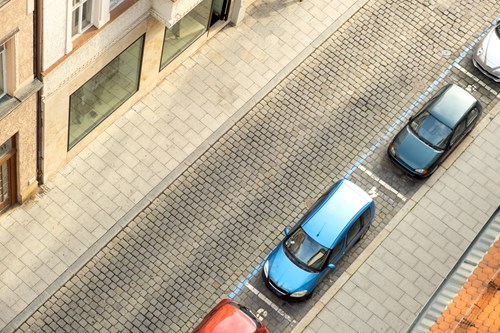
The dramatic upsurge in individual travel and pickup/drop-off activity arising from the Covid-19 pandemic has put unprecedented pressure on curb space. Last-mile deliveries, pick-up and drop-off, micro-mobility, bike lanes, bike-sharing, and pedestrianized areas are all staking their claim, and the city must monitor the impact of these trends to maintain and improve the quality of life.
One emerging approach is to consider the curbside as a real estate asset. Efficient, effective management of this asset can help reduce congestion, increase accessibility and achieve environmental goals. But the challenge here is that city planners and managers need to collaborate with logistics, mobility and parking operators, and other stakeholders to co-design strategies that guarantee safe, sustainable, and equitable access.
Dynamic data sharing between the public and private stakeholders can help meet this challenge. It will facilitate greater efficiency, better decision-making, and smarter planning. Pooling resources and assets in open, connected, and shared networks will allow them to be used seamlessly by both public and commercial network users and partners. Moreover, curbside management presents potential revenue generation opportunities for both cities and businesses.
This Session will address the pressing question of urban logistics from different perspectives: How can public roads provide sufficient space to meet the needs of the wide variety of services and reduce congestion in the city? Is inspired cooperation between public and private stakeholders, supported by digital services, the key to “Freeing the City” and delivering liveable urban spaces?
New Business Models in Parking and Mobility
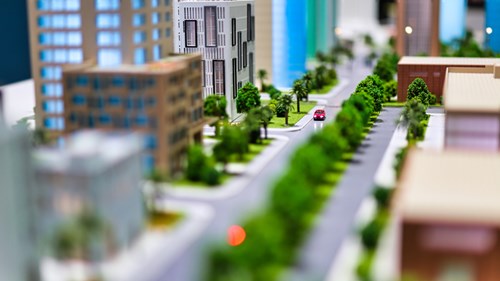
Over the last twenty years, urban mobility has undergone a profound transformation. Technological innovation and societal trends have had a dramatic impact on the way people move in and around our cities. Increasing environmental awareness, new mobility services, e-shopping, and escalating urbanization are among the factors that have changed our mobility behavior, a process that has also been compounded by the COVID-19 pandemic. This session will present the changing business models of different mobility providers and will reflect on the consequences for the parking sector.
These changes in consumer behavior are impacting urban mobility patterns and the business models of every organization involved in urban mobility. The transition to electric vehicles is changing the business model of car manufacturers, energy companies, and many other related businesses. Post-COVID, the income public transport companies derive from commuter subscriptions has decreased as many people continue to work from home. Meanwhile, free-floating micro-mobility will change from being a mostly unregulated market to being a highly regulated one.
In the parking sector, private companies and public authorities will have to adapt and change their business models. Will parking fees still be the main source of income for parking operators? How will municipalities compensate for the loss of parking income due to policies designed to restrict car usage? And, as the curbside is increasingly reserved for activities other than parking, what impact will the reduction in on-street parking spaces have?
Moving Towards a Parking Green Deal
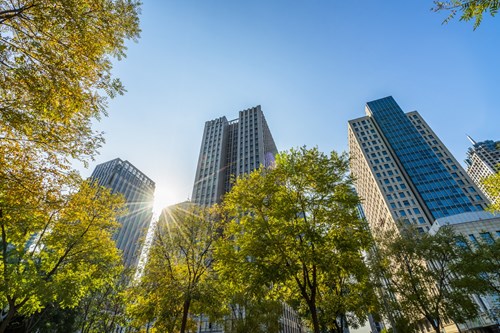
A well-considered parking policy is a powerful tool in urban mobility policies. Good parking management can help free up valuable public space, make cities more attractive, support the local economy and improve road safety. It can reduce vehicle traffic and congestion which helps combat air pollution and reduce greenhouse gas emissions.
Parking generates revenue that allows investment in other sustainable mobility measures as well as urban and social improvement. Despite this, parking management has commonly been one of the least developed areas of a city’s Sustainable Urban Management Plan (SUMP), often being outsourced, if existent at all. Moreover, treating parking in a reactive rather than strategic manner has led to an oversupply of parking capacity, poor parking management, and inner-city squares full of cars.
The Horizon 2020 project Park4SUMP considers the role of smart parking management in urban mobility planning. Reflecting on some of the very best parking management strategies in Europe, the Park4SUMP project will invite discussion on how parking management might develop and how to ensure that innovative parking solutions become part of cities’ strategic SUMPs. Park4SUMP has also developed a participatory audit tool – named ParkPAD - to help bring parking policies to a new level, with parking as a change maker reshaping urban mobility. This is a call for cooperation between all concerned: cities, the parking sector, and other stakeholders.
Outside of these congress sessions, don’t forget to head over to Booth 2201 to catch up with the Parking Network team!

